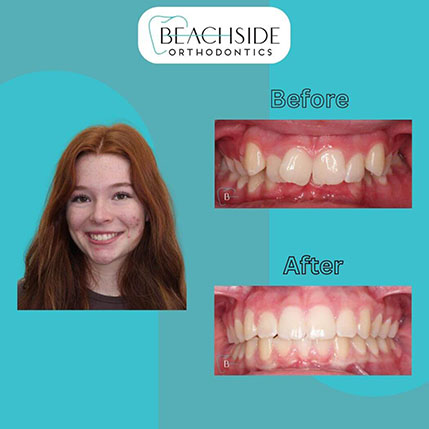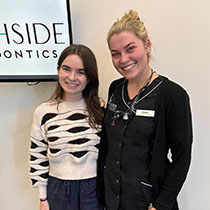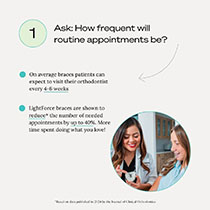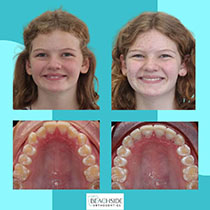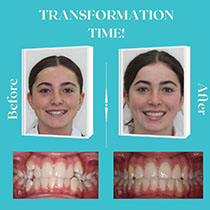We will be closed from 20th December and will re-open on 5th January, 2026. In an emergency, please email drstevemoateholiday@gmail.com. We wish you and your families a safe Festive Season and a Happy New Year!
Sep 23, 2022
At what age can a child get braces? How early is too early?
It's a good idea to have your child visit a specialist Orthodontist around the ages of 7 years old so that a thorough assessment can be made to determine whether or not the patient needs early intervention style treatment, or if it's best to wait. The Orthodontist will assess the teeth that are in the mouth, as well as those that that are yet to come through.

Childhood early intervention treatment may prevent complex orthodontic issues arising or make the treatment required in their teenage years less invasive and of shorter duration. In many cases, the younger a patient is, the easier it is to move the jaws and teeth.
It is also a good way for the patient to get used to visiting the Orthodontist and build rapport with our team, even if no early intervention is required, and treatment is only required when they are older. Most commonly the Orthodontist will do an annual growth check to see how the teeth and bones are progressing until it is time for early intervention, or full orthodontic treatment, once the permanent teeth come through.
There are several things that may help determine if your child needs early orthodontic treatment:
- If your child already has crooked, crowded or misaligned teeth; you won’t usually see this until they’re about 7-8 years old
- Early loss or late loss of the baby teeth
- Front teeth protruding forward
- Under bite or overbite
- Crossbite
- Thumb or finger sucking after the age of 5
- Having troubles chewing or biting
- Mouth breathing
- Significant jaw size discrepancy
The benefits of early intervention orthodontics
Orthodontics is much easier when the jaws and palate are still growing, children’s jaw bones are softer than those of teens and adults. The treatment of children is usually faster and more efficient than if it is done later on, when the bones are less malleable.
Expansion of the palate can be done using an expander more easily in children, expanders help create space to reduce crowding and correct cross bites. Once the palatal suture fuses during puberty it becomes much harder to create more space and often the only alternative is to extract teeth or have jaw surgery to create more space.
The patient will usually spend less time in braces or aligners as a teen after having done prior treatment as a child. Not only can having early intervention save time, it can also sometimes save money. It can also help with speech issues, as well as increase confidence in some children.
In conclusion, interceptive treatment between 7-10 years of age is very effective, depending on the type of treatment needed. Expansion plates may be used even earlier. Whilst if only braces or aligners are required the most beneficial time is when all the permanent teeth have erupted. By booking in for a consultation to see our family friendly Orthodontist here at Beachside Orthodontics, he will be able to determine the optimal timing and most appropriate orthodontic treatment option for your child.
back
